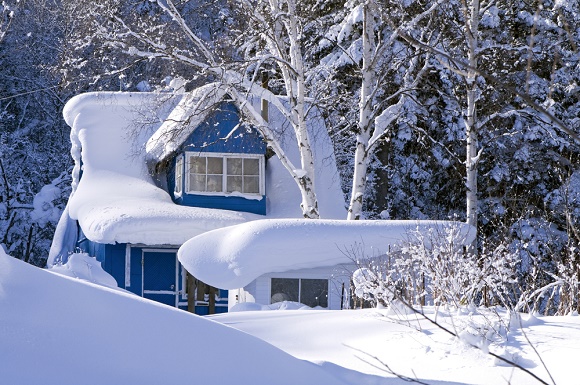Winter can be an energy-intensive season. It’s understandable to want to cut your energy use as the temperature drops. Thankfully, many energy-saving strategies are simple and easy to do. Here are some tips on how to keep the heat in this winter.
Programmable Thermostats
Don’t let the concept of fiddling with your home’s wiring scare you away from installing a programmable thermostat. These thermostats can be purchased for less than $50, and instructions are included for installation. Even if you hire an electrician to install it, it is a quick job and should not cost too much.
Programmable thermostats help save energy. You can set it to come on and go off at prescribed times, avoiding the up-and-down thermostat “wars” that happen in some households. Programmable thermostats also cover you in case you forget to turn down the heat when you leave the house or go to bed.
Check for Leaks
Windows and doors are the first places to look for leaking air. Use caulk or weather stripping to seal any cracks. Then check your attic and make sure there are no leaks between the eaves and wall. Finally, look between your home’s siding and the brick, cinderblock, or other material at the beginning of the foundation. Seal these leaks with caulk as well.
Curtains and Shades
What kinds of window coverings you have and when you open and close them can make a big difference in your energy use. Choose curtains and shades that have some insulating properties, and that fit the window’s size snugly. Open shades and curtains when there is winter sun hitting the window, then close them at night to keep cold air from leaking in.
Insulation
Check your attic in particular to make sure it’s thoroughly insulated. Heat rises, so attic insulation is particularly important.
Insulate Your Water Pipes and Water Heater
Both your water heater and your water pipes use a lot of energy to keep that hot water coming in the winter. Use bubble wrap, foam, or a commercial “sleeve” for your water heater to conserve its heat. Pipes can be insulated with easy-to-install, inexpensive foam tubes. Insulating your pipes keeps the water in them hotter longer, and also protects against freezing.
Storm Windows
If caulk and weather stripping aren’t enough, look into storm windows. These temporary sheets of glass or plastic can be removed when winter is over.
Alternative Heat Sources
Space heaters, pellet stoves, and fireplace inserts can help augment your electric heating system. If you have an open fireplace, a wood-burning insert can help heat your home (open fireplaces actually cause heat loss throughout your home, so an insert is essential). Space heaters that run on kerosene or electricity are energy-efficient options. And pellet stoves make use of recyclable paper (from which the pellets are made).






